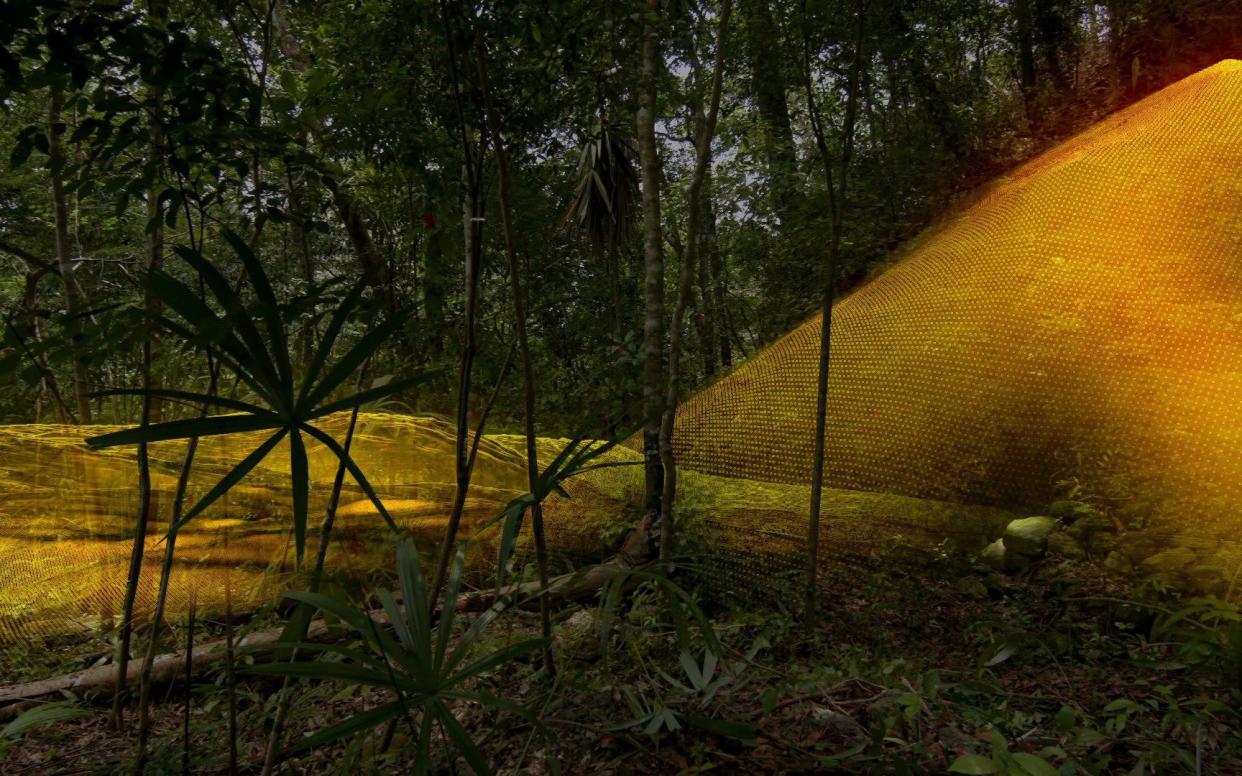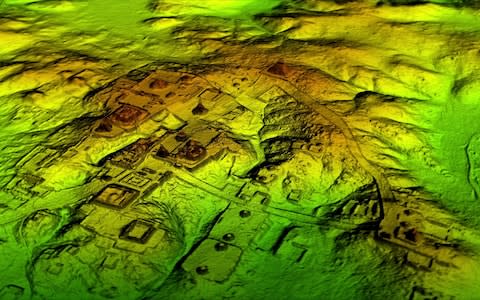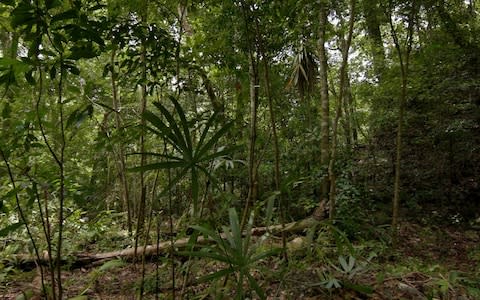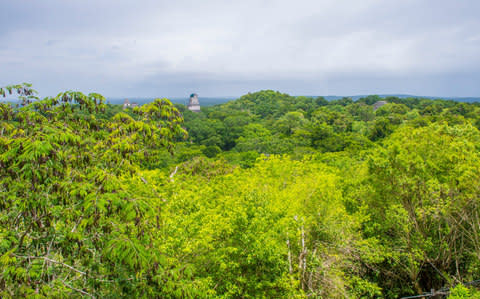Vast network of hidden Maya cities discovered under Guatemala jungle

A vast network of lost Maya cities discovered deep in the jungles of northern Guatemala could rewrite the history of the ancient civilisation, experts say.
Researchers found more than 60,000 previously unknown structures including pyramids, royal tombs, palaces, roadways and defensive fortifications hidden deep beneath the dense rainforest canopy.
Pioneering lidar (Light Detection and Ranging) laser scanning technology was used to map 800 square miles from the air, revealing a “treasure map” of the Maya ruins.
The research, led by the PACUNAM Foundation -a Guatemalan non-profit heritage organisation - suggests an advanced civilisation of 10-15 million people lived in the region at its peak 1,200 years ago.
“The lidar revealed an incredible number of new sites and structures,” Thomas Garrison, an archaeologist at Ithaca College told the Telegraph.
“The vast majority of these 60,000+ new features are ruined mounds of Maya houses. However, there are also large new cities with pyramids and palaces in the data as well.
“Perhaps more exciting are the more subtle features that we may have never found: causeways between sites that follow ridgelines and run for many kilometres, huge expanses of wetland agricultural fields that funneled water through dug out grids to provide food for this dense population, and, a preoccupation with warfare and defence, including complex fortresses, isolated refuges, and networks of watchtowers.”
Maya civilization
Stephen Houston, Professor of Archaeology and Anthropology at Brown University, said the findings were “beyond stupendous”.
“I think this is one of the greatest advances in over 150 years of Maya archaeology,” he said.
“The lidar completely changes the way we see the Maya. For the first time I have seen unsuspected fortresses, entire cities, settlements that are now doubled or tripled in size”.

Researchers believe the immense hidden metropolis extends far beyond the famous Maya site of Tikal, spreading across the country.
Discoveries in the more remote areas of northern Guatemala reveal networks of roadways, complex systems of agriculture and water management.
“This is sophisticated engineering of all available terrain that was carried out by a very advanced civilisation,” says Garrison.

Kathryn Reese-Taylor, a University of Calgary archaeologist and Maya specialist who has conducted surveys in the rainforest for 30 years, told the Telegraph such findings change “our perception of the Classic Maya at one fell swoop”.
“In Guatemala, lidar was used to scan large swaths of what is arguably one of the most populated regions of the world during, what Europeans term, the Middle Ages,” she said.

“While archaeologists always suspected that the Maya had enormous interconnected cities, this lidar survey revealed a complex, interlocked network of cities, towns, villages, and hamlets, which was spread throughout a vast landscape that was completely modified by the Maya for agriculture, water management, transportation, resource exploitation, and other activities necessary to sustain large populations. No square metre was untouched.”
Dr.Reese-Taylor adds that the research in Guatemala, along with lidar from Belize and Mexico, shows us that the Maya “were on the level of highly complex ancient civilisations in Europe, Asia and Africa”.
14 Maya ruins you must see in your lifetime
“Their population density and civic achievements may have surpassed contemporaneous European societies,” she explains.
“This is exciting because the rainforest is so dense, that the extent of the cities and the sale of modification, even in the countryside, was difficult to see.”
She added the scale of the PACUNAM initiative is “extraordinary”, explaining: “Not only does it cover a region where many of the largest Maya cities were built, the sheer amount of area that was covered by the survey is enormous.
“This collaboration of scholars from many different countries, no doubt, will advance Maya studies exponentially in the upcoming years.”

Garrison believes many more lost cities will be found in the coming years.
“What you are seeing is just phase one of a three-year program to document most of northern Guatemala's Maya Biosphere Reserve,” he says.
“This data will ensure that there is archaeological research in Guatemala for centuries to come.”
The Maya civilisation collapsed in mysterious circumstances AD 900, the reason for their decline remains unclear.
A Channel 4 documentary, the Lost Cities of the Maya: Revealed, will be aired on Sunday 11 February at 8pm.

